You may have heard about the flood tragedy on Kauai where a dam broke after heavy rains and washed an entire valley out to the ocean. Two people have been found dead and 5 more are missing, all from a house that was completely swept away by the wall of water and debris. Here’s one article about it in the newspaper.
I haven’t had time to blog about the circumstances of the dam break yet, but I went with a friend to take some pictures that I want to post ASAP (as soon as possible–for the non-English speakers). We took these photos about half a mile makai (towards the ocean) from where the flood crossed (and damaged) the main highway. The large versions of these photos are slightly larger and higher quality than usual.
Here is the property where we walked down to the Wailapa stream-bed. It’s at a bend in the stream near a reforested area, so the flood create a log-jam here and spread out onto several properties. The debris in the foreground is the high-water mark, the pile in the background is the log-jam:
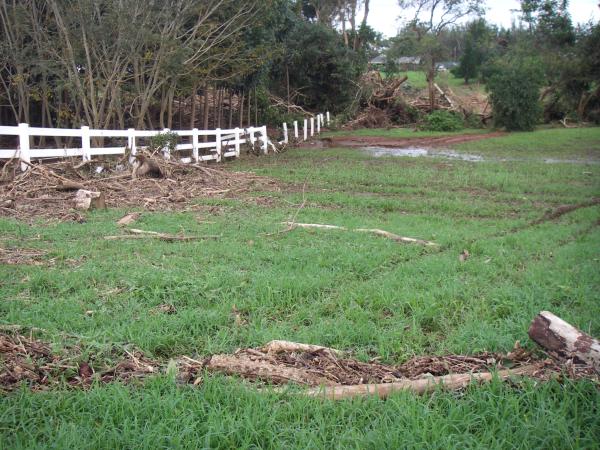
Here is the log-jam made up of huge piles of broken tree trunks and branches. There were some pieces of housing material here and there. The further pile is about 30 feet (10 m) high. The house on the other side of the flooding was spared.
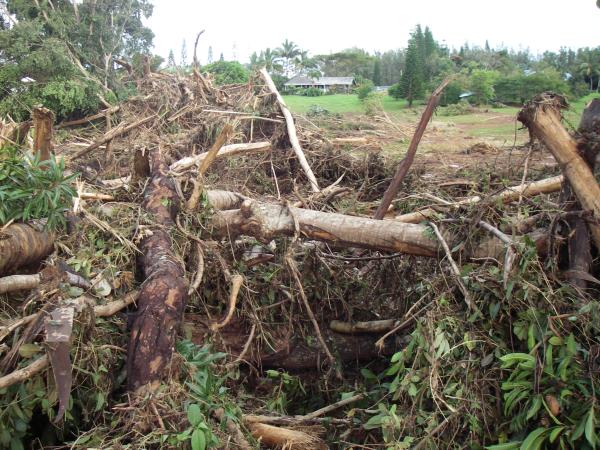
This is looking upstream, the flood-waters came directly towards this position. The reservoir is still draining, or they are pumping it out because normally this stream does not run. The main damage of the flood was that it uprooted trees which then caught on more trees, eventually ripping up small forests on its 3 mile run to the ocean.

This photo is looking downstream, where you can see the stream bends to the right, and the replanted forest straight ahead was leveled.






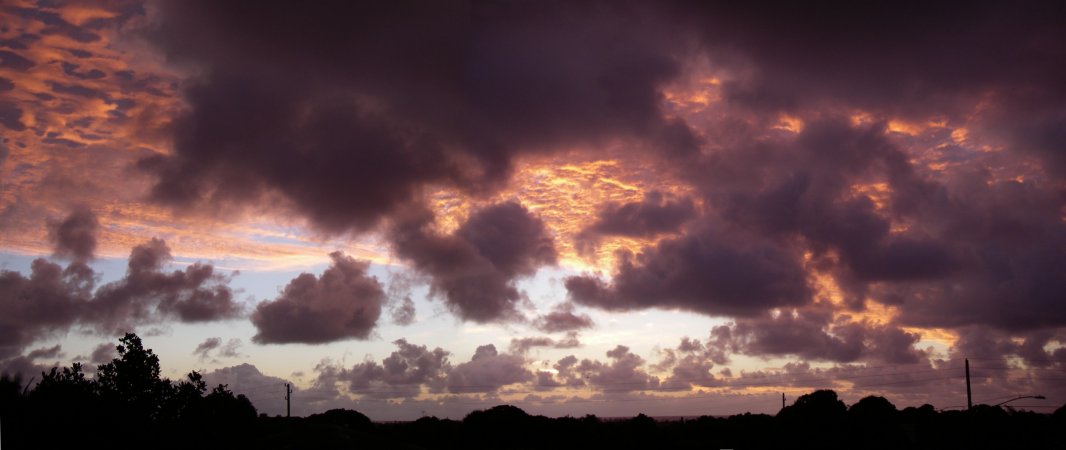
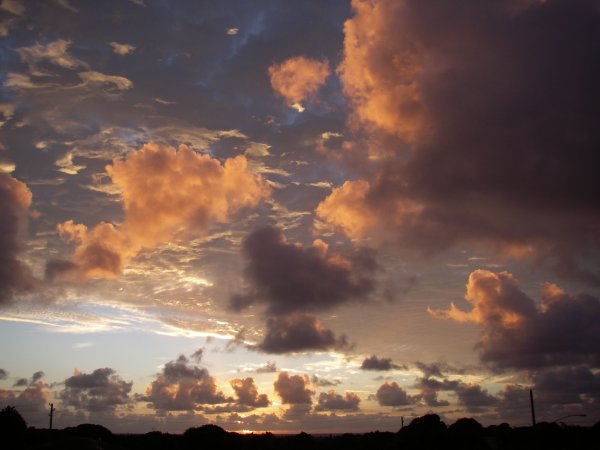
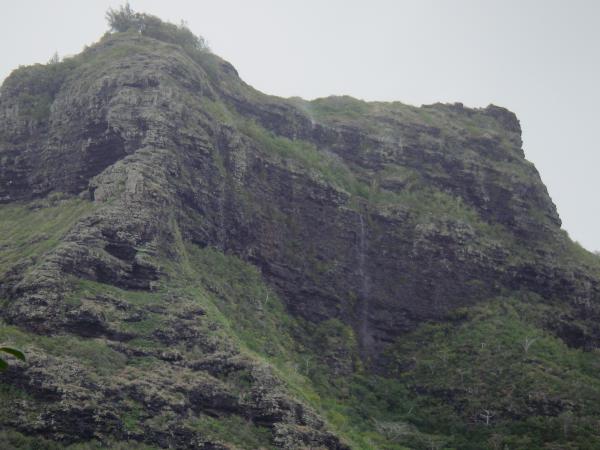
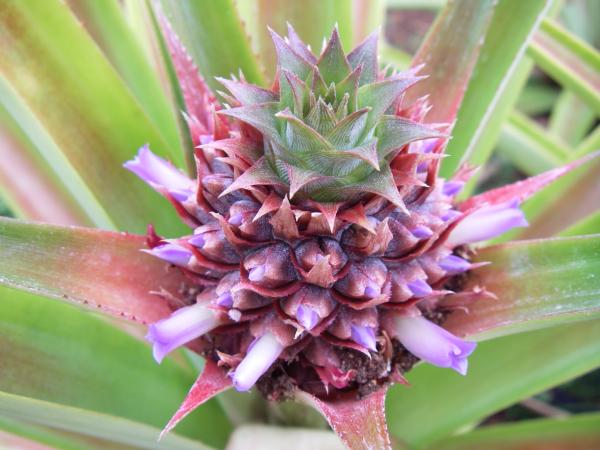
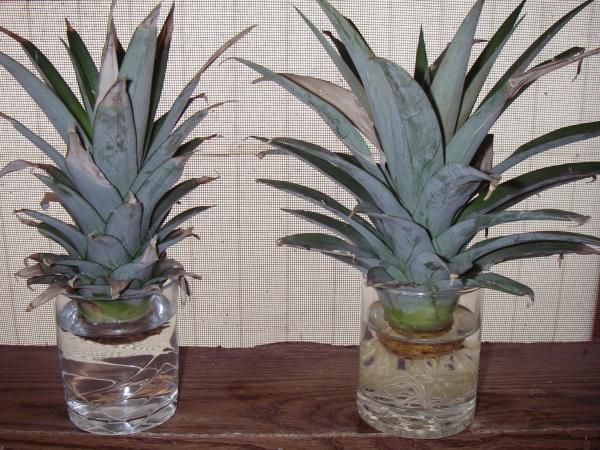
![Andys white socks in good Scott brand flip-flops [no click-to-enlarge]](http://great-hikes.com/blog/images/Socks1_NO_HOTLINKING.jpg)
![Andys white socks in Teva brand sports sandals [no click-to-enlarge]](http://great-hikes.com/blog/images/Socks2_NO_HOTLINKING.jpg)